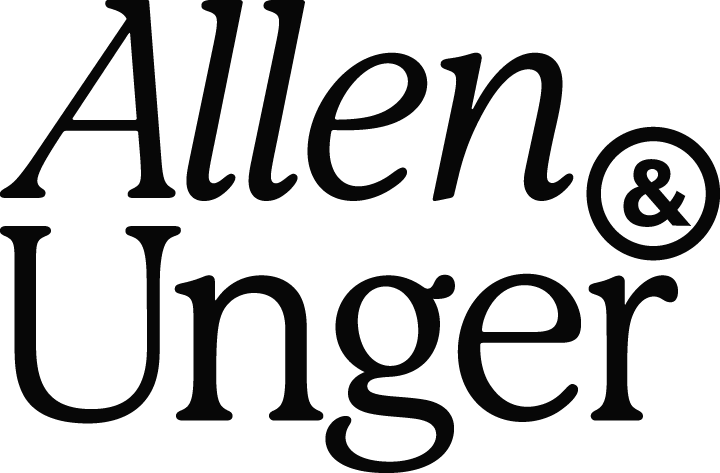With the current economic uncertainty, companies across the spectrum are cutting costs and overhead. Not surprisingly the usual suspects are on the short end of funding. Training and development budgets, travel – and presumed ‘overhead’ programs or the ‘nice to haves’ – are on the wrong side of cost cuts and sliding down the organizational priority scale. And despite organizational commitments made during the groundswell of 2020’s social justice and anti- racist movements, many companies find themselves backing off those same commitments while hoping no one will notice. Further, a brief scroll through headlines, has many leaders retreating from topics deemed ‘too woke’ or ‘provocative’ – as our culture experiences an ever- increasing polarization heading into a deeply divisive election season. Understandably, senior leaders and executive boards may feel cautious.
Does continuing to prioritize and fund DEI initiatives even make sense given our current context?
We believe – when done right – the answer is a resounding ‘YES’.
At the end of the day – Diversity is not a goal – it’s just a fact. Your workforce and your future workforce IS diverse. For the first time in history, we have five generations in the workforce at once. Generations that come with different expectations, experiences, values, hopes and needs. Generation Z is the most racially diverse in US history with half its population listed as non-white. Close to 25% of Generation Z identify as LGBTQ. Milennials, Generation Z, and tomorrow’s workforce grew up acknowledging, seeking accommodation and discussing the benefits of neurodiversity. And we already mentioned the ideological polarization: strong, passionate differences of opinion on social and cultural issues that no longer are only shared with your “non-work” friends and family but also with coworkers, in part, due to the public nature of social media. Whether you acknowledge it or not – your organization is navigating diversity…difference. The only real question is whether you are navigating it well – using it to your strategic advantage – or whether you are digging your head in the sand and avoiding conflict – and missing opportunity.
We do understand the temptation. Senior leaders fall back to trying to control and minimize uncertainty. A fools errand, but as tempting as the desire to take a second helping of your mom’s chocolate cake or sweet potato pie – or why nothing compares with the chicken noodle, lentil or matzah ball soup of your childhood. We are drawn to the familiar – the predictable. We are tempted to lead in a one size fits all approach with fingers crossed our employees will perform and behave in a one size fits all way. Understandable – but not reality. And the great resignation has reinforced that this hopeful thinking – is not just ineffective, but delusional.
While the economic downturn has slowed turnover nationally – organizations that are relying on a sluggish economy to somehow win the hearts and minds of their staff, while abandoning the equity and inclusion work they had committed to – are in trouble. However, if we are being honest, we know there are valid questions and mixed results when assessing the efficacy of DEI programs and the return on investment for staff. A recent HBR article noted that record numbers of employees are dissatisfied with their organization’s DEI programs, and a recent number of high profile departures of DEI executives across industries would suggest that DEI practitioners share that dissatisfaction. While diversity, and values of equity and inclusion remain a core factor in Gen Z and Milennials employment decisions – it is clear that expectations are high from staff in both historically marginalized and majority groups. And seemingly poorly managed DEI efforts can do more damage than no efforts at all.
The benefit, coupled with the cost of not doing anything – still makes a compelling case. As organizations with diverse – and inclusive – workforces outperform their peers. Internal diversity not only leads to better organizational decision making – it can open up new markets and opportunities for increased revenue. The healthy organizational cultures that enable an organization to thrive in the midst of difference – also minimize the risks and costs associated with toxicity, resulting in fewer legal and compliance claims.
And we are here to help. By offering a practical and accessible approach to DEI – Allen and Unger are partnering with organizations to increase equity, inclusion and the experience of belonging for staff. Providing easy to understand tools, leadership frameworks, and dynamic training and coaching that enable a leader to not only survive but thrive in a diverse world.


